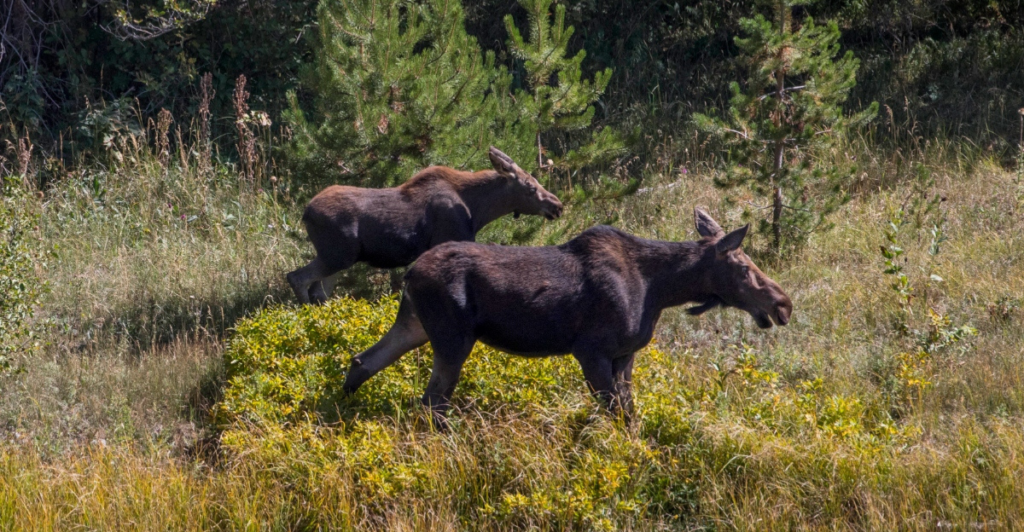
Wildlife conservation in the U.S. could be on the verge of a major shake-up. With growing efforts to weaken the Endangered Species Act, all eyes are now on Brian Nesvik, former head of Wyoming’s Game and Fish Department, as he faces confirmation to lead the U.S. Fish and Wildlife Service. His track record is a mix of praise and controversy, making his nomination a hot topic among conservationists, industry leaders, and lawmakers alike. Will his leadership protect America’s wildlife or pave the way for looser environmental regulations? The answer could shape the future of conservation for years to come.
A Nomination That Could Reshape Conservation
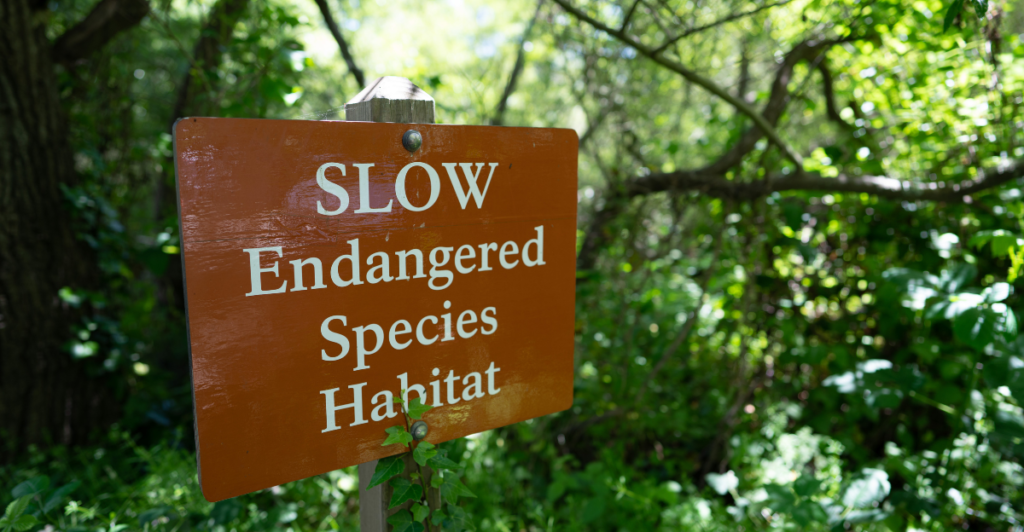
The nomination of Brian Nesvik to lead the U.S. Fish and Wildlife Service comes at a critical juncture for conservation in America. With the Endangered Species Act (ESA) under legislative attack, Nesvik’s leadership could dictate the future of federal wildlife protections.
His background as Wyoming’s Game and Fish Department director offers both a wealth of experience and a controversial track record. Some hail him as a pragmatic conservationist who understands balancing ecological needs with economic interests. Others fear his past decisions suggest a willingness to prioritize industry over environmental protection.
As debates rage over weakening ESA protections and fast-tracking resource extraction, Nesvik’s appointment may influence whether conservation efforts are strengthened or eroded. His tenure, if confirmed, could redefine how America manages its most vulnerable species and habitats.
The Endangered Species Act Under Fire

For over 50 years, the ESA has been a pillar of American environmental policy, credited with saving species like the bald eagle and gray wolf from extinction. However, it has also faced relentless political challenges.
The latest proposed amendments seek to add economic considerations when listing species, a move critics say could favor industry over conservation. These reforms, championed by Republican lawmakers, argue that the ESA hinders development and imposes unnecessary restrictions.
Opponents warn that such changes could undermine critical protections, accelerating habitat destruction and biodiversity loss. Trump’s “drill, baby, drill” agenda adds another layer of urgency, as deregulation efforts threaten to strip federal agencies of their power to enforce conservation laws.
With Nesvik’s confirmation looming, environmentalists fear his leadership could align with this deregulatory push, weakening the ESA’s effectiveness.
Brian Nesvik’s Record: A Mixed Legacy
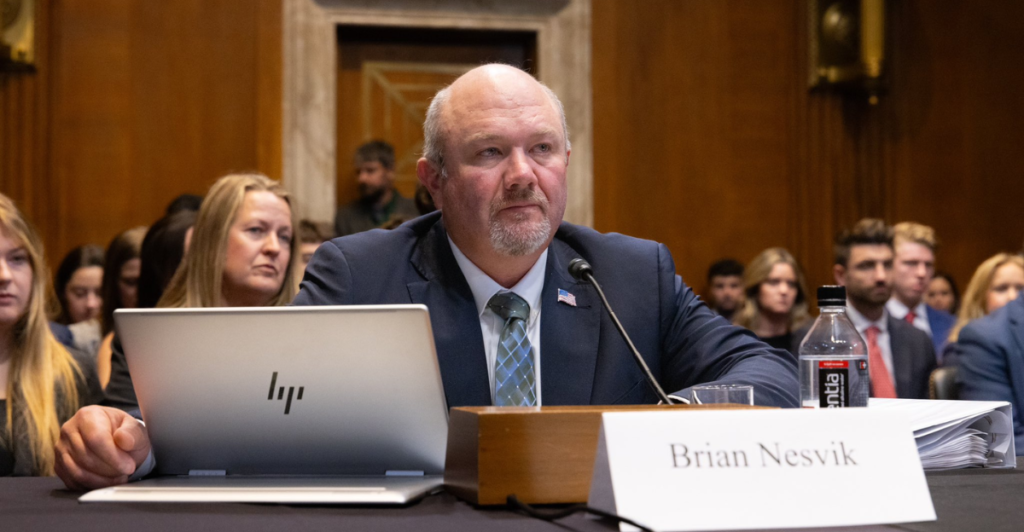
Nesvik’s career in wildlife management has earned both admiration and criticism. Under his leadership, Wyoming became a national model for protecting wildlife migration corridors, particularly for ungulates like elk and pronghorn.
However, his tenure also saw major controversies, including the spread of chronic wasting disease among elk herds, exacerbated by state-managed feeding programs. His handling of wildlife crime also raises concerns—particularly his lenient response to a case where a man tortured a wolf before killing it. Critics argue that such decisions suggest an indifference to animal welfare.
On the other hand, some conservation groups praise Nesvik’s willingness to engage with both environmentalists and industry leaders. As he faces confirmation, the central question remains: Will he be a fair steward of wildlife, or will his past decisions foreshadow a more permissive approach to conservation enforcement?
The Battle Over Federal Lands and Resource Extraction

A significant portion of America’s protected wildlife depends on federal lands, yet these areas are increasingly targeted for oil, gas, and mining development. Nesvik has historically supported resource extraction on public lands, aligning with Trump’s push for “energy dominance.”
If confirmed, he could expedite drilling and mining projects by reducing environmental review requirements. Such policies could have dire consequences for species already struggling with habitat loss. The “God Squad,” a rarely used panel with the power to override ESA protections in favor of economic benefits, may also gain influence under his leadership.
Critics warn that prioritizing short-term economic gains over long-term ecological stability could irreversibly damage critical habitats. If Nesvik embraces this industry-friendly approach, conservation efforts could be sidelined in favor of corporate interests.
How Climate Change Complicates Conservation
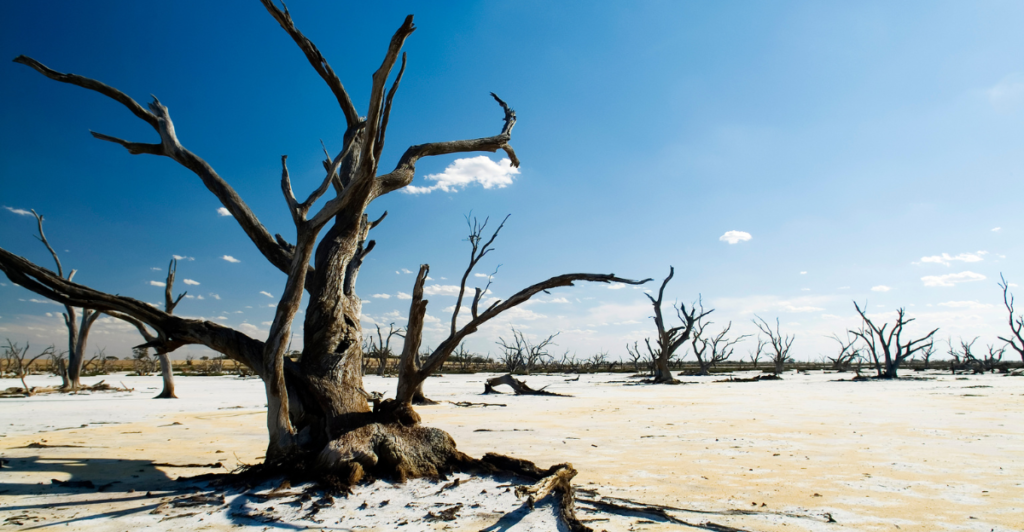
Climate change is an escalating threat to wildlife, forcing species to migrate and altering ecosystems at an unprecedented rate. The ESA has historically played a key role in protecting climate-sensitive species, but proposed legislative changes could weaken its ability to address these emerging threats.
Nesvik’s stance on climate-driven conservation remains unclear, but his past decisions suggest he may not prioritize climate resilience in policy-making. Trump’s administration has already downplayed climate change in conservation strategies, favoring industry-friendly policies over proactive ecological management.
If Nesvik follows suit, critical protections for species affected by rising temperatures, shifting habitats, and extreme weather events could be deprioritized. His confirmation could determine whether federal conservation efforts evolve to address climate realities or continue to lag behind the scientific consensus.
The Role of Hunters and Ranchers in Conservation

Nesvik has long been an advocate for incorporating hunters and ranchers into conservation efforts, a stance that resonates with many in rural America. Wyoming’s wildlife policies have historically emphasized sustainable hunting as a management tool, with Nesvik supporting the idea that responsible game management can benefit conservation.
However, critics argue that prioritizing hunting interests may come at the expense of endangered predators like wolves and grizzlies, which often come into conflict with livestock and hunting operations. If confirmed, Nesvik may push for expanded predator control measures, which could undermine broader biodiversity goals.
One of his biggest challenges will be balancing the interests of rural stakeholders with the need for strong federal protections. His policies could shape how future administrations integrate traditional land-use practices with modern conservation science.
How Industry Groups Are Shaping Conservation Policy
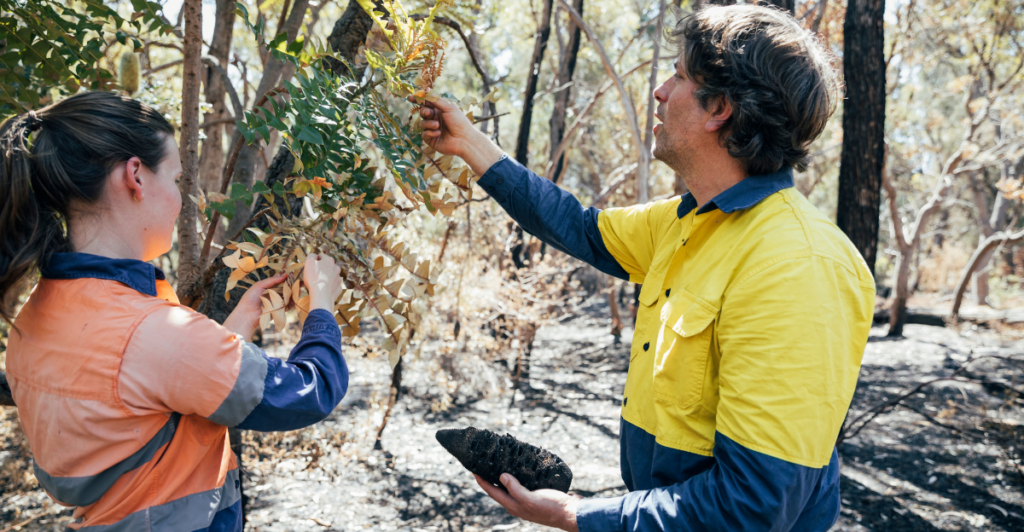
Powerful industry lobbies, including the energy and agricultural sectors, play a significant role in shaping wildlife policy.
Under Trump, these groups have gained even more influence, pushing for relaxed regulations that facilitate development on protected lands. Nesvik’s past willingness to work with these industries suggests he may continue this trend if confirmed. His endorsement of mining projects and grazing expansions raises concerns that corporate interests could take precedence over science-based conservation.
Environmental groups fear that this could lead to a rollback of protections for species like the sage grouse, whose habitat overlaps with key resource extraction zones. If Nesvik prioritizes economic development over ecological preservation, conservationists warn that it could set a dangerous precedent for future wildlife policy decisions.
A Divided Conservation Community

Nesvik’s nomination has sparked debate among conservationists, with some viewing him as a pragmatic leader and others as a threat to wildlife protection. The National Audubon Society has expressed cautious optimism, citing his past work on migration corridors.
However, organizations like the Center for Biological Diversity remain staunchly opposed, pointing to his weak enforcement of anti-poaching laws and history of siding with industry interests. This division underscores the broader challenge of conservation in a politically polarized era—can bipartisan solutions be reached, or will ideology dictate policy?
The answer will shape not only Nesvik’s tenure but the future of environmental protection in America. If he can bridge this divide, his leadership could mark a turning point in federal conservation efforts. If not, deepening political rifts could stall progress for years.
Potential Consequences for America’s Wildlife

The decisions made in the coming months will have lasting implications for America’s ecosystems. If the ESA is weakened, species already on the brink of extinction could lose vital protections. Habitat destruction, increased human-wildlife conflict, and regulatory rollbacks could push vulnerable populations closer to collapse.
Alternatively, if Nesvik takes a balanced approach—acknowledging the role of economic interests while upholding conservation laws—his tenure could bring much-needed reforms without sacrificing environmental integrity. The stakes are high, and his leadership will be closely watched by conservationists, lawmakers, and industry leaders alike.
The question remains: Will he champion responsible stewardship, or will short-term economic gains take precedence over long-term ecological sustainability? The future of America’s wildlife hangs in the balance.
What’s Next for U.S. Wildlife Policy?
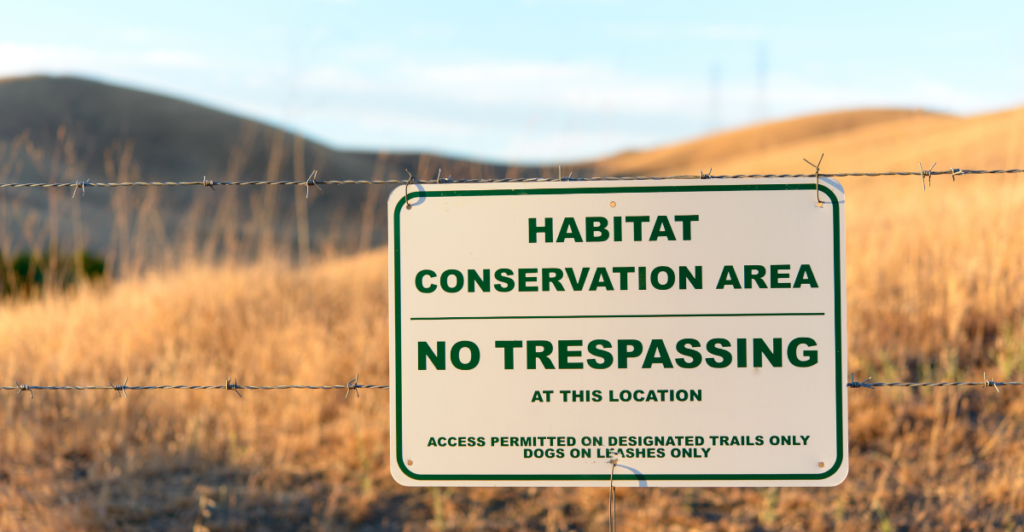
As Nesvik’s confirmation looms, the broader debate over conservation policy in the U.S. reaches a turning point. If industry-backed reforms succeed, it could mark the most significant rollback of environmental protections in decades.
Conversely, if conservation groups rally successfully, it may reaffirm the ESA’s role as a cornerstone of American environmental law. Nesvik’s leadership will either reinforce the nation’s commitment to protecting its natural heritage or pave the way for a new era of deregulation.
The decision will have consequences that extend far beyond his tenure, influencing how future administrations handle conservation. Regardless of the outcome, one thing is clear: the fight for America’s wildlife is far from over, and the next chapter in this battle is being written now.
Explore more of our trending stories and hit Follow to keep them coming to your feed!

Don’t miss out on more stories like this! Hit the Follow button at the top of this article to stay updated with the latest news. Share your thoughts in the comments—we’d love to hear from you!







